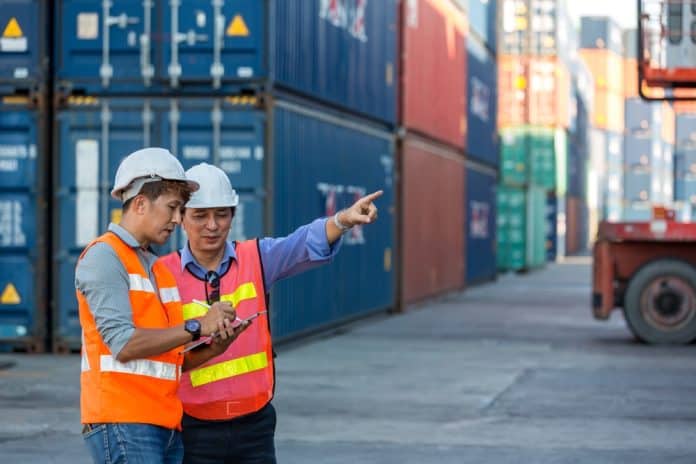With sky high rates, space and equipment issues and other unexpected events, we are about to close out 2021 which will go down in the history of shipping as one of the most chaotic, challenging, and troubling years ever.
Surviving 2021 in the supply chain world itself is considered a success for many. It has been an unprecedented and bumpy ride for the freight market in 2021. As predicted in our earlier posts, freight rates have skyrocketed to never before seen levels in 2021 due to two main reasons. One is relentless demand led by U.S. consumers and the other is the limited capacity to match it. There were so many other factors affecting rates as discussed in our earlier posts. 2021 will also be in the records as one of the worst years in history when it comes to steamship line on-time sailing and arrival performance. It has been a wild ride which made the supply chain and logistics one of the topics that is discussed in board rooms, company annual reports, and national television.
Below we have listed some of our expectations for 2022 in some key areas.
1. Freight rates
Going into 2022, there are many unknowns and it is extremely hard to predict freight levels. However, based on carrier order books, current backlogs, and future expectations from major importers, we believe a strong freight market will continue to be here for at least the first half of 2022.
Even if market conditions improve dramatically and space becomes abundant, increased carrier discipline when it comes to controlling the space will be here to stay, by the means of blank sailings. Pre-pandemic, this worked for carriers perfectly, and also there are only few major players left.
In the first half of 2021, ocean carriers have placed new orders for 1.7 million TEUs of container fleet capacity this year, the largest annual amount since the 2.6 million TEUs of orders placed in all of 2015, according to data from a sister product of JOC.com within IHS Markit. The new orders in 2021 bring the cumulative vessel order book to 17.4 percent of the in-service fleet, the highest percentage since 2016. In capacity terms, that translates to another 4.17 million TEUs being delivered over the next two to three years to the 24 million TEUs currently in service.
Most of the vessels will not be delivered until late 2022 and most new vessel deliveries will be in 2023. The overall expectation is that rate levels will remain high for the first half of 2022, while the second half is hard to guess at the moment depending on how demand and inflation play out.
2. Contract negotiations
In the new contract season, many carriers are trying to sign longer terms, especially with BCOs. This was done in the past; however, in 2022, we will see this is becoming a more common practice – especially larger, major importers – in the hopes of guaranteeing the space and to have piece of mind. We have observed carriers offering as long as 3-year contracts. If a 1-year contract is signed it will be from the highest rate level, a 2-year contract lower and a 3-year the lowest. We believe signing longer contracts is not a good option for importers considering rates will be stabilized by the end of next year and 2023.
3. Inventory control
Many importers are taking extreme measures to ensure that they have the supply ready to sell in their warehouse when there is demand. Long gone are the days when you order from China and receive the cargo in a Long Beach warehouse in 3 weeks or so. To manage the extreme drop in ocean shipping reliability, importers are shipping earlier than they used to and eliminating the items that have become extremely expensive. This will help to open up space for better selling items and also save the warehouse space which is getting more scarce everyday.
4. Centralizing the freight and other supply chain solutions
As a result of the supply chain chaos, people have less time spending time with different vendors. Average importers deal with separate parties for their shipments from overseas, drayage from the terminal, last mile delivery and customs clearance. There is increased demand for companies that offer most of these service under one umbrella which will save a lot of time for importers to focus on different areas
The importance of diversification of overseas sourcing, digitization, sustainability and regulatory involvements will continue to increase in the year ahead.
With increased oil prices and low carbon emission expectations, carriers will need to manage increased expectations about environmental aspect of the business. With increased profits, they will continue to be center of attention not only from within the industry but from general public and this may have greater pressure on the decisions they will be making moving forward.


